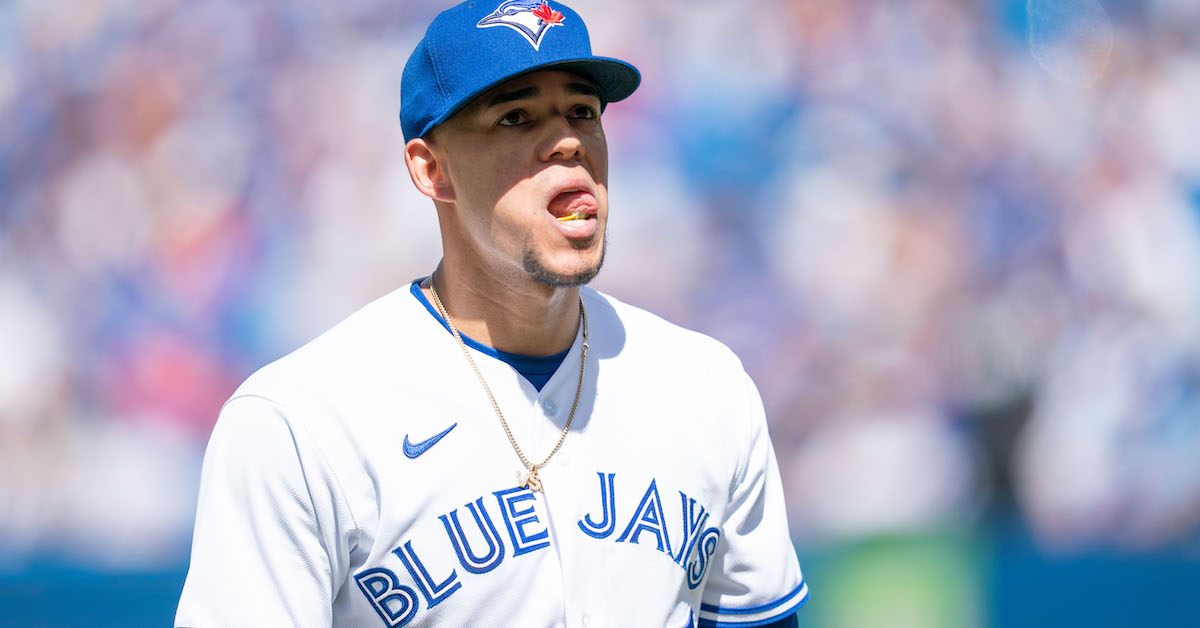Padres Triple-A Pitching Coach Mike McCarthy Is Well Educated in Analytics

Mike McCarthy has followed a well-educated path in his pursuit of a big-league position. Currently the pitching coach for the Triple-A El Paso Chihuahuas, the 34-year-old Walnut Creek, California native earned a Bachelor of Science degree from Cal State Bakersfield while playing in the Boston Red Sox system, and he followed that up by earning an MBA, with an emphasis in global management, from the University of Phoenix. And he’s not done learning. Along with instructing pitchers in the San Diego Padres’ system, McCarthy is working toward a Master’s Degree in Sports and Health Science.
His educational pursuits have every bit as robust in the pitching realm. Ever since being introduced to analytical concepts as a Double-A hurler, McCarthy has strove to learn as much as he can. To say he’s made great strides in that area would be an understatement; McCarthy is one of the most forward-thinking pitching coaches in professional baseball.
———
David Laurila: You’re big into pitching analytics. When did that start?
Mike McCarthy: “One of the moments I remember, one of the most distinct, is Brian Bannister coming to Portland. I believe that was in 2015. I was throwing a bullpen, and I asked Brian, ‘Why does Justin Haley get so many swings-and-misses on his fastball?’ I told him it seemed like an invisi-ball, and none of us could figure it out. He said, ‘We’re learning about this thing called spin rate, and his is really high. ‘I was like, ‘What the heck is that?’
“There was a saying that Anthony Ranaudo, Brandon Workman and Drake Britton were all using. They called it ‘elevate and celebrate.’ While I was throwing fastballs down and away, those guys were throwing fastballs up and getting swings-and-misses. That was kind of going against the grain at the time, and it turns out they all had high-carry fastballs. We just didn’t know what it meant.
“That was the first time I really started to ponder the idea, ‘What are we missing? What don’t we know yet?’ Since that time, baseball has obviously delved into the technology and analytics, and that’s something I’ve enjoyed using as a part of the way I approach coaching.”
Laurila: When did really start to dive in to analytics? Read the rest of this entry »








